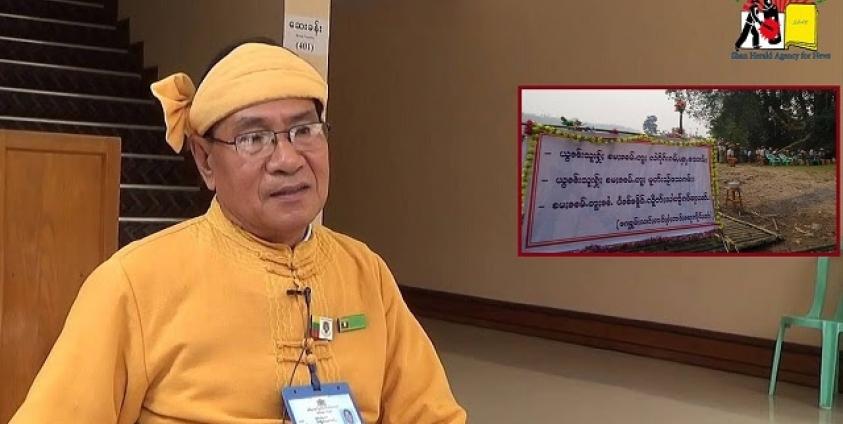Following the suspension of the Nongpha Dam last week by Burma’s Ministry of Finance and Planning, several Shan politicians and activists have voiced concerns about other hydropower projects being carried out on the Salween River.
Blueprints were originally laid down for six dams to be built on the Salween River in Burma.
In addition to the 1,200 megawatt hydro-dam in Nongpha, proposals have been set for three other hydropower dams in Shan State: a 1,400MW project on the Upper Kunlong; a 2,000 MW dam in Man Tong; and a 7,100 MW dam in Mongton. Plans are also afoot for a 4,500MW project in Ywar Tit, Karenni State; and the 1,360 Hatgyi Dam in Karen State.
Financing for the hydro-electric projects comes from three main sources: China’s Three Gorges Corporation; the Electricity Generating Authority of Thailand; and Burma’s Ministry of Electric Power.
According to a Myanmar Times’ report on July 8, the Ministry of Finance and Planning announced that it was suspending the Nongpha hydropower project, which is slated for construction in northern Shan State’s Tangyan Township.
Ministry representative Soe Nyunt Lwin said that the government would have to look into the costs and benefits of such projects, and the impact they will have on people and the nation.
According to Sai Hor Hseng, a spokesperson for the Shan Human Rights Foundation, all the dam projects should be suspended, particularly the Mongton Dam due to its enormous size and impact.
“Villagers’ properties and roads were already damaged by the construction work,” he said. “But victims have never been compensated.
“The construction company told local residents that there is construction everywhere, so they cannot pay out compensation.”
Speaking before the Shan State government on July 13, Sai Kham Aung, an MP from the Shan Nationalities League for Democracy (SNLD) who represents Hsipaw Township, the public must be made aware of who is responsible for their security and any damage caused by dam construction.
“Will local villagers receive any benefits from the hydropower project?” asked Sai Kham Aung. “In Kyaukme Township, there is the Yeywa Dam. If the construction continues, who will take responsibility?” Does the government share the concerns on these issues?”
In August last year, Shan Herald reported that more than 23,000 people in Shan State voiced concerns over dam construction on the Salween River, also known as the Thanlwin.
“There simply are no policies concerning electricity in Burma,” said Sai Wan Leng Kham, an Upper House MP from SNLD who attended a two-day energy policy workshop in Taunggyi last week. “We must try to find methods from the workshop to submit policies and laws in parliament related to electricity.”







